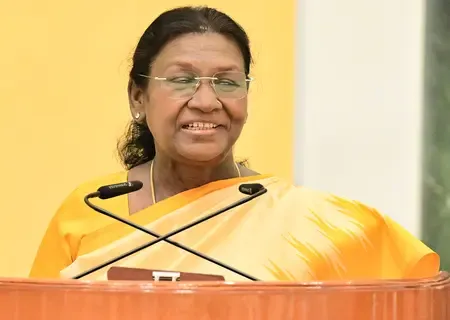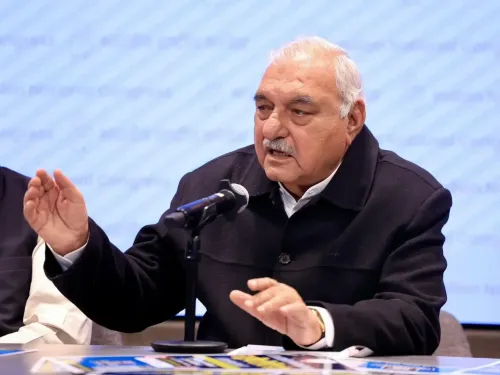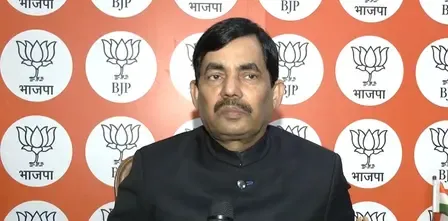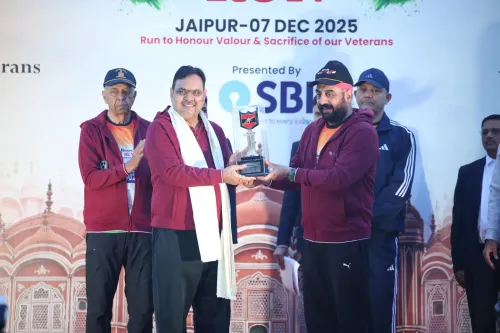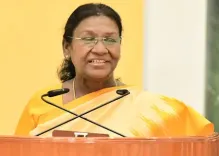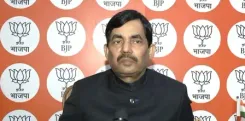Did Over 6.06 Lakh Citizens Receive CPR Training? Government Reports
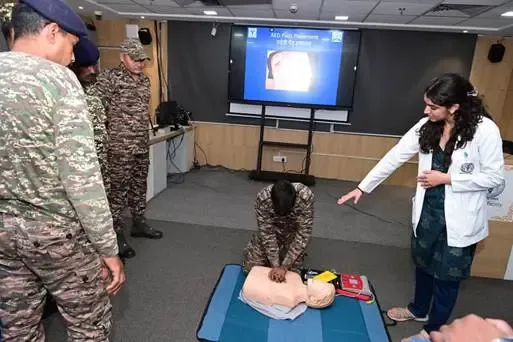
Synopsis
Key Takeaways
- CPR training empowers individuals to act in emergencies.
- Over 6.06 lakh citizens trained across India.
- Government aims for widespread CPR awareness.
- Physical training sessions conducted nationwide.
- CPR significantly improves survival rates in cardiac emergencies.
New Delhi, Oct 22 (NationPress) The government announced that a remarkable 6,06,374 individuals have successfully completed training in the essential lifesaving technique of Cardiopulmonary Resuscitation (CPR) during the nationwide CPR Awareness Week, which took place from October 13 to 17.
CPR is a critical emergency procedure that significantly improves survival rates in cases of cardiac emergencies.
This initiative was orchestrated by the Ministry of Health and Family Welfare to educate the public on the crucial role of early bystander intervention during cardiac arrests and other urgent medical situations.
According to the Ministry, over 7,47,000 individuals participated in various activities throughout the CPR Awareness Week, with physical training sessions conducted for more than 6,06,374 participants nationwide.
Despite the proven effectiveness of CPR, the rates of bystander intervention in India fall short of global benchmarks. The week's activities aimed to address this disparity by fostering widespread training, awareness, and readiness among diverse community groups.
A variety of events were held during the week to promote broad participation and raise awareness.
“A total of 14,701 participants engaged in the inaugural live pledge and CPR demonstration via the ECHO platform and YouTube Live. Additionally, citizens were invited to make a digital pledge through the MyGov platform, resulting in 79,870 individuals committing to CPR awareness,” the Ministry reported.
Physical training sessions on Compression-only CPR were extensively conducted across India by health departments of states and union territories, central government hospitals, AIIMS, INIs, the Indian Red Cross Society, and various professional organizations.
Specialized training sessions were also organized for central government employees, CISF personnel, housekeeping staff, and officials from multiple Ministries.
CPR involves performing chest compressions at a rate of 100 compressions per minute, along with rescue breathing (mouth-to-mouth), to ensure blood circulation and oxygen delivery to the brain and vital organs until professional medical assistance arrives.
Union Health Secretary Punya Salila Srivastava emphasized, “The simple act of performing hands-only CPR can maintain blood flow and oxygen to essential organs until professional help arrives, significantly enhancing survival rates.” She highlighted the government's commitment to ensuring that every household, school, office, and public area has at least one person trained in this lifesaving technique.


